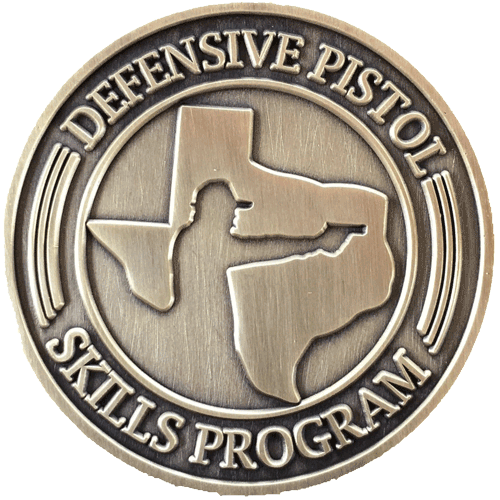Tactics-Based Land Navigation Part 1
Course Description: This course provides information necessary to perform land navigation in a tactical environment (i.e., one in which adversaries are known or believed to be present). Most civilian and military land navigation courses deal with navigating in a rural environment, between points selected by the instructor, during daylight conditions, under ideal physical and psychological conditions, when it is assumed there are no adversaries present. This course instead focuses on planning and performing navigation on rural and urban terrain between points determined by the individual based upon mission and terrain analysis; during daylight, low-light, and no-light conditions; under adverse physical and psychological conditions; when adversaries are present.
Part two of this course includes classroom and fieldwork.
Topics:
-- Terminology (including that which is required to use a Global Position Satellite data receiver).
-- The three angular directional systems (cardinal, intercardinal, and secondary intercardinal directions, degrees-minutes, and milliradians), when to use each, and how to convert between them. Note that the latter two systems are also used in the adjustment of iron and optical rifle sights.)
-- The two mapping systems in primary use today: the Military Grid Reference System and the traditional Latitude-Longitude system.
-- Determining true, grid, and magnetic north, and converting between them.
-- The three types of compasses, and how and when to use each.
-- Using a traditional watch to navigate based upon cardinal, degrees, and milliradians.
-- Determining your location using a Global Positioning System satellite data receiver, map, terrain association, dead reckoning, resection, and modified resection.
-- Techniques for memorizing terrain.
-- Estimating distance and speed of movement.
-- Navigational mission planning factors and terrain analysis factors.
-- Using predetermined points and terrain features to plot a path.
-- Danger areas, attack points, rally points, steering marks, landmarks, corridors, and backstops.
-- Major, minor, and supplemental terrain features.
Length: three hours
Prerequisites: none
Equipment:Pen/pencil and paper with which to take notes.
Optional Equipment: reading glasses, if necessary to read a map or see the small markings on a compass
Taught by: Mark Overstreet, retired senior research coordinator for NRA-ILA, contributing author for "The Federalist" and SWAT magazine, firearm trainer (certified by NRA, SIG, CSAT, Texas DPS and others), and military veteran (23 years service, Army & Navy Reserve).
Facility: A-Zone Range
Additional information: Part two of this course includes classroom work with night vision devices and fieldwork.

